300 Years of the Belvedere - Three Locations – 800 Years of Art History

[아츠앤컬쳐] 벨베데레는 웅장한 바로크 양식의 궁전일 뿐만 아니라 구스타프 클림트, 에곤 실레, 오스카 코코슈카의 주요 작품과 함께 오스트리아에서 가장 귀중한 예술 컬렉션 중 하나를 소장하고 있다. 이곳 벨베데레에서 1955년 오스트리아 국가조약이 체결되었을 때, 레오폴트 피글 외무장관이 벨베데레 상부 발코니에서 “오스트리아는 자유다!”라는 문구와 함께 서명하고 선포한 바 있다.
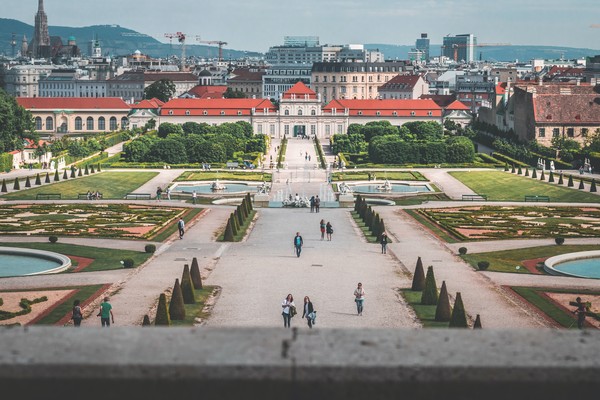
역사를 살펴보면, 유럽 귀족인 사보이의 외젠(1663~1736) 공자가 투르크 전쟁의 사령관으로 승리를 이루어 오스트리아가 강대국의 지위에 오르게 된다. 외젠 공자는 위대한 장군이라는 군사적 이미지와 사뭇 다른 것이 하나 전하는데, 이미 생전에 유명한 동성애자라는 명성을 얻은 사병 외젠이 그것이다. 또한, 그는 예술, 책, 골동품에 관심이 많았고, 가장 인상적인 것으로는 건축업자로서 불멸의 작품을 남겼다는 것이다. 그는 여러 성과 건물을 의뢰받았는데, 벨베데레 궁전을 포함하여 대부분 그가 총애하는 건축가 요한 루카스 폰 힐데브란트가 작업했다.
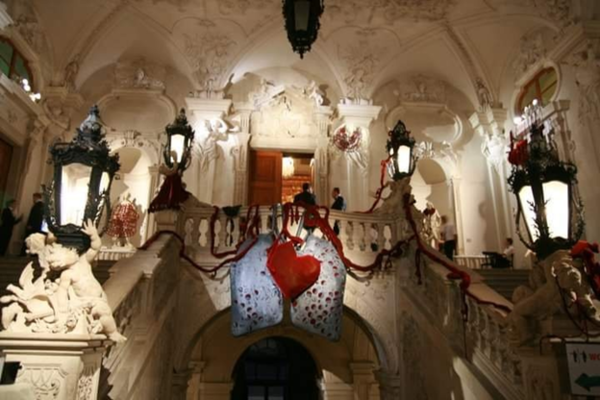
공중에서 내려다보면 상하 두 개의 벨베데레 궁전이 배치되어 있다. 이 궁전은 화려하게 치장된 정원과 함께 건축학적 걸작이라 일컬어진다. 외젠 공자는 1714년~1716년에 지은 벨베데레 하궁에 살았고, 그가 대표적으로 사용한 벨베데레 상궁은 몇 년 후인 1721~23년에 건축되었다. 벨베데레 하궁에서는 특히 화려하게 장식된 방과 의전실이 인상적이다. 벨베데레 하궁의 오랑제리는 원래 오렌지 나무를 위한 온실인데, 16세기에는 유럽 왕족의 집에서 재배하는 것이 유행이었다. 오랑제리 외에도 벨베데레 하궁에는 총 60 마리의 말을 수용할 수 있는 마굿간도 있었다.
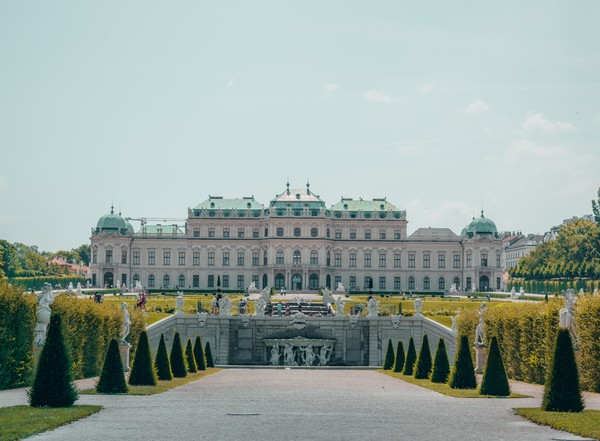
벨베데레 컬렉션의 중심에는 구스타프 클림트의 황금 그림 ‘키스’와 ‘유디트’를 포함하여 24점의 그림이 있다. 특히 클림트의 ‘키스’는 세계적으로 유명한데 아마도 오스트리아에서 가장 유명한 예술작품일 것이다. 180x180cm의 그림은 1908~09년에 제작되었으며 클림트와 그의 뮤즈 에밀리 플뢰게를 연인으로 보여준다. 또한 벨베데레 상궁에서는 클림트의 인상적인 여성 초상화를 감상할 수 있다. 이곳의 약 400점의 작품은 800년간의 미술사를 말해준다. 영구 컬렉션은 또한 예술과 사회 간의 상호 작용에 대해 자세히 설명해 주고 있다.
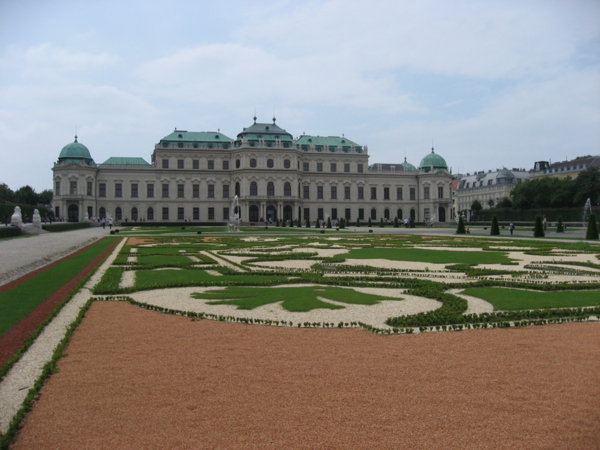
벨베데레의 정원은 바로크 조경 건축의 하이라이트라 할 수 있다. 성 앞에는 성의 정면이 비치는 연못이 만들어졌다. 연못이 있는 3개의 대형 테라스로 상부와 하부 벨베데레를 이어준다. 이 챔버가든은 원래 주인과 그의 가까운 지인들을 위한 공간이었다. 성 정원에서 높은 곳에 위치한 정원은 유럽에서 가장 오랜 역사를 갖고 있다.

현대미술, 영화, 음악 등 이벤트가 열리는 현대식 파빌리온은 전후 모더니즘의 건축 아이콘이다. 처음에는 칼 슈반저가 1958년 브뤼셀 세계박람회의 오스트리아관으로 설계했는데, 후에 개조하여 1962년에 ‘20세기박물관’으로 개관했다. 2002년에 이 건물은 벨베데레 박물관 단지에 포함되고 2011년에 개조되어 2018년에 벨베데레 21로 리브랜딩되었다.

300 Years of the Belvedere - Three Locations – 800 Years of Art History
The Belvedere is not only a magnificent baroque palace, but also houses one of the most valuable art collections in Austria – with major works by Gustav Klimt, Egon Schiele and Oskar Kokoschka. In 1955, the Austrian State Treaty was signed in the Belvedere and signed by Foreign Minister Leopold Figl on the balcony of the Upper Belvedere with the words "Austria is free!" Proclaims.

Looking at history, Prince Eugene of Savoy (1663-1736), a member of the European aristocracy and a successful commander in the Turkish Wars, achieved the status of a great power for Austria with his victories. He was interested in art, books and antique objects. Most impressively, he immortalized himself as a builder. Several castles and buildings were commissioned by him and mostly realized by his favorite architect Johann Lukas von Hildebrandt. This is also the case with Belvedere Palace.
Seen from the air, you can see the arrangement of the two Belvedere Palaces, which, together with their richly decorated gardens, result in an architectural masterpiece. Prince Eugene's actual residence was the Lower Belvedere, which was built between 1714 and 1716; It was not until a few years later that the Upper Belvedere (built 1721-23) was built, which served representative purposes during Eugene's lifetime. In the Lower Belvedere, one is particularly impressed by the richly decorated rooms and state rooms.
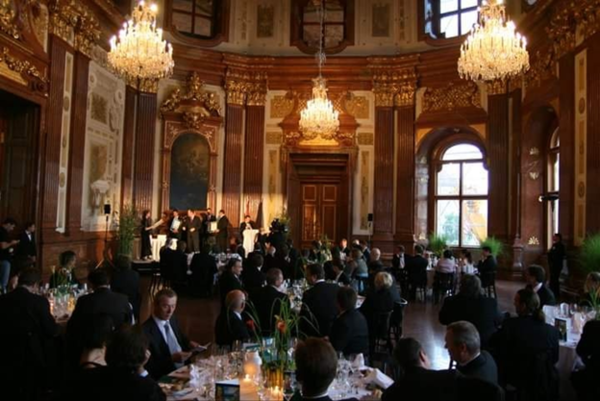
Part of the Lower Belvedere is the Orangery, which was originally designed as a conservatory for orange trees. In addition to the Orangery, the State Stable was also built in the Lower Belvedere, in which a total of up to 60 horses could be accommodated.
At the heart of the Belvedere's collection are the 24 paintings by Gustav Klimt with his golden paintings "The Kiss" and "Judith". Klimt's "Kiss" in particular is world famous. The 180 x 180 cm painting was created in 1908/09 and shows Klimt and his muse Emilie Flöge as lovers. In addition, Klimt's portraits of women, which can also be admired in the Upper Belvedere, are impressive. Around 400 works tell 800 years of art history. The permanent collection is also devoted in detail to the interactions between art and society.
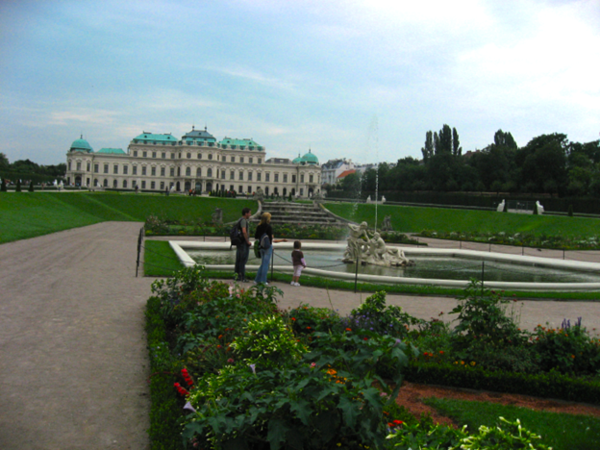
The gardens of the Belvedere are a highlight of Baroque landscape architecture. In front of the castle, a so-called reflection pond was created, in which the façade of the castle is reflected. Three large terraces with water basins connect the Upper Belvedere with the Lower Belvedere. The chamber garden was originally reserved only for the master of the house and his closest companions. The alpine garden in the castle park is the oldest in Europe.

Museum for Contemporary art, film, music, and events in a modern pavilion. The building is considered an architectural icon of post-war Modernism. Initially designed by Karl Schwanzer as the Austrian pavilion for the 1958 World's Fair in Brussels, it was later adapted for the museum's purposes and opened in 1962 as the “Museum of the Twentieth Century”. In 2002 the building was included in the Belvedere Museums complex, renovated in 2011 and rebranded as the Belvedere 21 in 2018.

글 | 볼프강 슬라빈스키 Wolfgang Slawinski
서울명예시민
한·오스트리아협회 부회장

